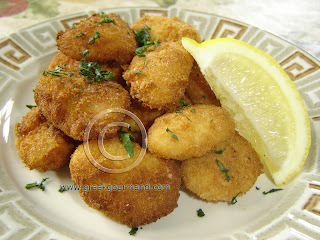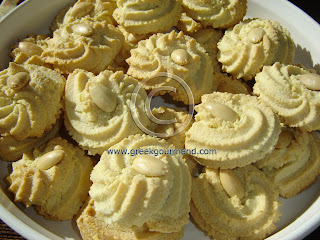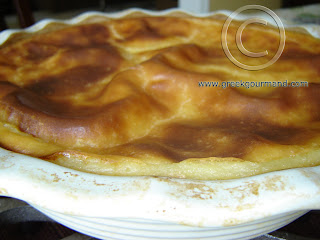Gigantes Tiganiti … Pan-Fried Giant Beans

Gigantes Tiganiti … Pan-Fried Giant Beans make an excellent appetizer dish. Since time immemorial beans and legumes have figured prominently in regional dishes throughout Greece. Dried Gigantes beans (pronounced YEE-GAN-DES) are a staple of Greek cookery and can usually be found in Greek specialty shops and bakeries, or most well-stocked supermarkets around the world. Also referred to as Elephant beans, Gigantes are about 1 inch long or roughly twice the size of conventional lima beans, and are a variety of runner bean . Cultivated largely in north central Greece, these beans can be prepared and served as an appetizer, as part of a salad, or as a main course. Indeed, this bean is so popular in Greece that five varieties of Gigantes/Elephant beans have been recognized as Protected Designation of Origin ( PDO ) / Protected Geographical Indication ( PGI ) produce by the European Union. The extraordinarily meaty and buttery texture of this extra large bean has served to make them a ub






